|
|
|
Hansen's Northwest Native Plant Database |
|
|
|
Cornus sericea ssp. stolonifera (Red-Osier Dogwood)
|
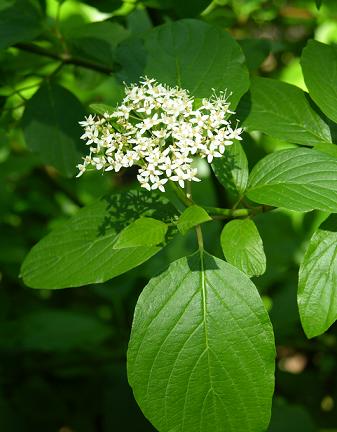 |
|||||||||||||||||||||||||||||||||
|
||||||||||||||||||||||||||||||||||
|
An ideal deciduous shrub, Red-Osier Dogwood is both attractive and useful. Forming many stems, it grows rapidly in sun or shade to 15,’ (it can be sheared). The leaves are opposite and have deep, distinct veins, turning a spectacular crimson in fall. When the leaves fall, they reveal the red, showy twigs, stunning against a backdrop of snow. Flat topped clusters white flowers form in spring followed by blue-white berries. Red Osier Dogwood is found across North America, in USDA zones 5-10. This plant is invaluable in rehabilitation as it spreads by runners to hold soil, slow water flow and increase sedimentation. Wildlife and pollinating insects rely on this shrub for food. |
||||||||||||||||||||||||||||||||||
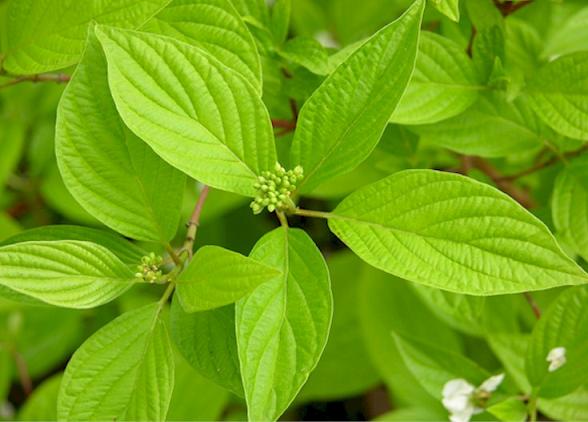
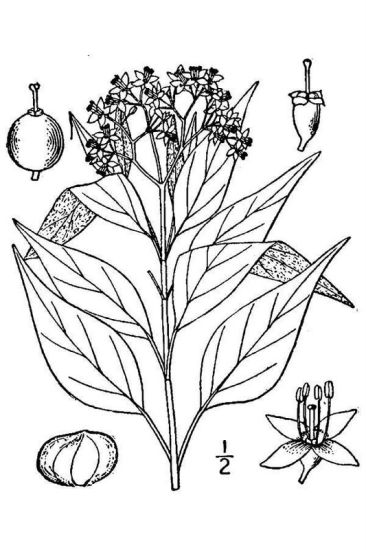
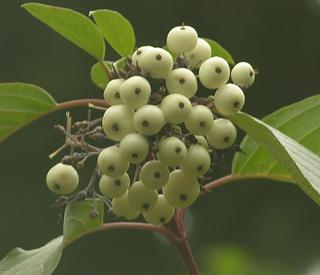
|
||||||||||||||||||||||||||||||||||
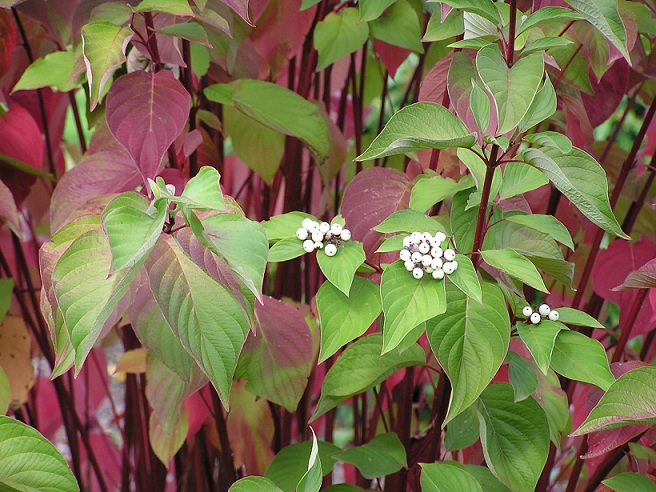
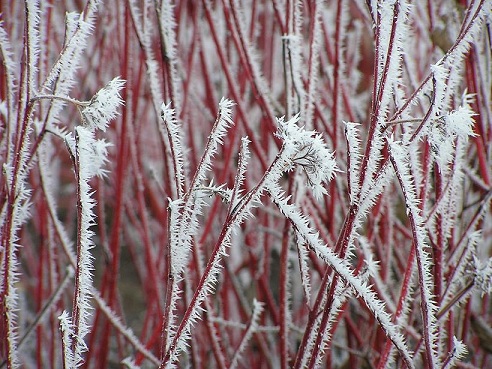
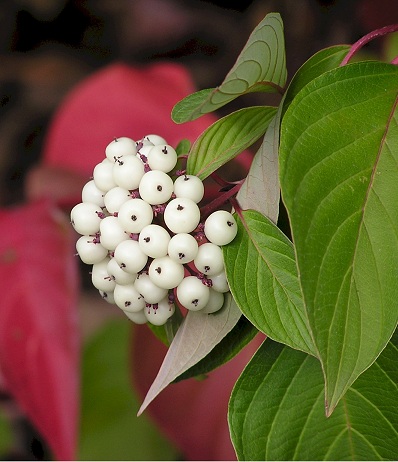 |
||||||||||||||||||||||||||||||||||
|
Photos We Share!
|
|||||||||||||||||||||||||||||||||
|